Where Can I Live off the Grid for Free?
Living off the grid for free is illegal in most places, however, there are some places where you can live off the land for a minimal fee or no cost at all. Some remote locations such as national forests or Bureau of land management (BLM) land allow people to live off-grid for free, but certain rules and regulations apply.
Additionally, some intentional communities, ecovillages, and off-grid retreats offer low-cost or free living options for those willing to work or contribute to the community.
It’s important to research and understands the legal and practical aspects of living off-grid before making the decision to relocate the places to live off the grid for free.
Most probably you have to find where can you legally live off grid.
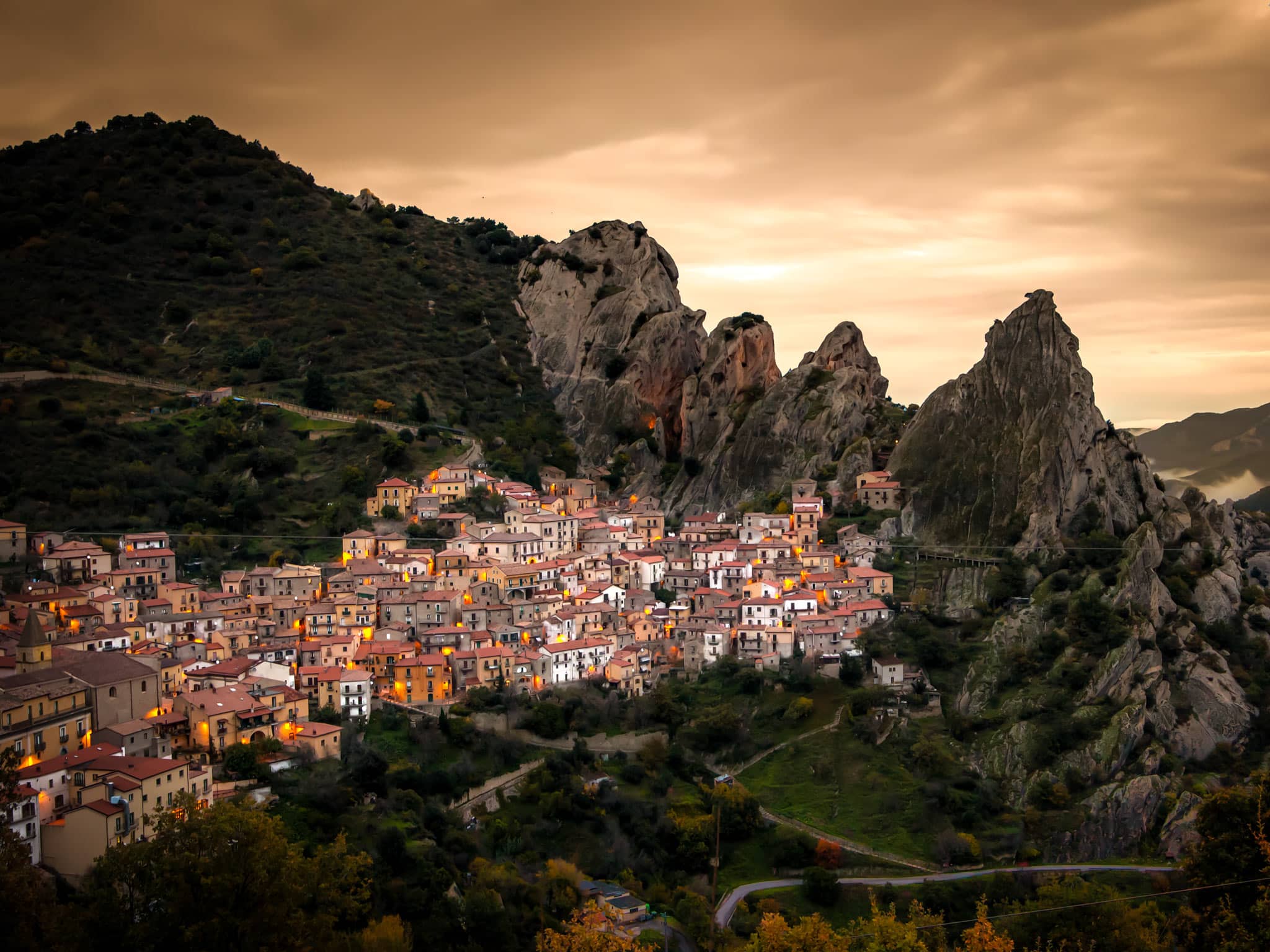
Credit: www.danflyingsolo.com
The Appeal Of Living Off The Grid
Living off the grid isn’t just a lifestyle choice; it can be a smart solution for those who want to escape the hustle and bustle of the city and embrace nature.
However, picking the right destination can be challenging if you’re looking for places to live off the grid for free.
Thankfully, there are numerous locations worldwide where you can achieve this. Let’s dive into the appeal of living off the grid and explore where you can live off the grid for free.
Definition Of Living Off The Grid
Living off the grid, also known as homesteading, means living without reliance on public utilities such as electricity, gas, sewage, or water.
The idea behind this lifestyle is to become self-sufficient and reduce environmental impacts.
Living off the grid also involves growing and raising your food, using renewable energy sources, and making use of natural resources.
It requires living in a self-sufficient manner and having a deep respect and connection with nature.
Reasons Why People Want To Live Off The Grid
Numerous factors influence people’s desire to live off the grid. Most commonly, people who live off the grid aim to be more self-sufficient, self-reliant and reducing their impact on the environment. Here are some other motives for living off the grid:
- Escaping the city for a simpler life
- A desire for privacy and solitude
- Wanting to develop a stronger connection with nature
- A need for economic stability and freedom
- A willingness to prepare for future crises such as natural disasters
- A desire for enhanced physical health by growing your foods, leading a more active lifestyle
Living off the grid for free implies living on public lands, but there are several places worldwide where one can live off the grid for free.
From rugged mountain areas to serene woodlands, these places are perfect if you want to disconnect from the rest of the world and embrace nature.
While such remote locations might not be for everyone, living off-the-grid is an exciting adventure for those wanting to take control of their lives and live sustainably.
So, embark on your exploration to find the right spot to live off the grid for free, live sustainably and keep on discovering yourself in the process.
Understanding Remote Destinations

What Makes A Destination “Remote”?
When we talk about remote destinations, we mean those places that are far away from civilization or densely populated areas.
Remote destinations are typically characterized by their distance from major towns or cities and their lack of modern amenities such as electricity and mobile phone coverage.
Here are some key points to know about remote destinations:
- Remote areas are usually found in regions with rugged terrain such as mountains, forests, and deserts.
- These remote areas are often difficult to access, with limited or non-existent transport links.
- Remote destinations are usually places that have been left alone over time, with minimal development or commercialization.
- Remote destinations often lack modern infrastructure and amenities, such as internet and healthcare facilities.
Types Of Remote Destinations
There are many types of remote destinations around the world, each with its unique characteristics. Here are some examples:
- Mountainous regions: Mountainous areas such as the himalayas in asia, the andes in south america, and the rocky mountains in north america. These destinations require a certain level of physical fitness and a passion for outdoor activities such as hiking and mountaineering.
- Desert regions: Desert areas such as the sahara in africa, the mojave in the united states, and the gobi in asia. These destinations are typically inhospitable and require a high level of preparation and survival skills due to the extreme temperatures and lack of access to water.
- Island regions: Remote islands such as easter island in chile, the galapagos islands in ecuador, and the solomon islands in the pacific. These destinations require a long journey by sea and have limited facilities and resources.
- Jungle regions: Jungle areas such as the amazon rainforest in south america, the congo basin in africa, and the borneo rainforest in asia. These destinations require a high level of physical fitness and a sense of adventure, with limited access to electricity and modern amenities.
- Arctic regions: Arctic areas such as northern canada, alaska, and greenland. These destinations have cold temperatures, long periods of darkness, and limited access to resources and facilities.
Traveling to remote destinations can be a life-changing experience, but it also requires careful planning and preparation. Before embarking on your journey, make sure you have the right equipment, skills, and knowledge to ensure a safe and enjoyable trip.
Finding Remote Destinations To Live Off The Grid For Free
Are you tired of living in a city, surrounded by concrete buildings and breathing in polluted air? Do you dream of living off the grid in a remote destination, where you can enjoy the beauty of nature without any interference from the modern world?
The good news is, there are many places where you can live off the grid for free. We will guide you on finding remote destinations to live off the grid for free.
Researching Potential Locations
Research is the key to finding a great off-grid location. Here are some steps you can take to find the perfect place:
- Research online: Use search engines and online resources to find information on off-grid living.
- Join forums: Join online forums on off-grid living and ask for recommendations.
- Reach out to local communities: You can also reach out to local communities and ask them for information about their area.
- Visit potential locations: Once you’ve identified potential locations, it’s best to visit them to get a firsthand experience of the area.
Factors To Consider When Choosing A Location
Choosing the perfect location to live off-grid can be challenging, but the following factors can help you narrow down your choices:
- Climate: The climate of the area should be suitable for off-grid living.
- Natural resources: Access to natural resources such as water and wood is crucial for off-grid living.
- Soil quality: If you plan to grow your food, the soil quality of the area should be considered.
- Proximity to town: Consider the distance to the nearest town for basic necessities.
- Safety: Check the safety of the potential location before moving there.
Examples Of Remote Destinations Where You Can Live Off The Grid For Free
There are many destinations where you can live off the grid for free. Here are some examples:
- Slab city, california: Slab city is a free rv campsite located in the sonoran desert. The area is off-grid and attracts many alternative thinkers.
- The ozark national forest, arkansas: The ozark national forest in arkansas is full of dense woods, hills, and hidden valleys. There are plenty of free campsites scattered throughout the forest.
- The appalachian trail, usa: The appalachian trail is a long-distance hiking trail that spans from georgia to maine. Hikers can camp for free along the trail.
- Cederberg wilderness area, south africa: The cederberg wilderness area is a beautiful mountainous region in south africa. There are several free campsites in the area.
- Scottish islands, scotland: Scotland has several islands where you can live off the grid for free. The islands of eigg, muck, and rum are popular choices.
Living off the grid can be challenging, but it’s a rewarding experience that allows you to live in harmony with nature. With careful research and consideration of the factors mentioned above, anyone can find the perfect off-grid location to call home.
Living Off The Grid In A Remote Destination
Living off the grid in a remote destination can be a thrilling adventure for those who want to escape the stresses of city life. Remote and free locations may still exist for those willing to live without the comforts of modern society.
So, if you seek adventure and tranquility, this blog post might be helpful for you. Let’s explore the basic necessities for off-grid living, along with possible challenges and solutions.
Basic Necessities For Off-Grid Living
Living off the grid might seem romantic, but the reality is far from it. You must have some critical things to call a remote destination home. Here are some basic necessities that you need for off-grid living:
- Shelter: Have a sturdy cabin tent, yurt, or other appropriate structure that can withstand harsh weather conditions.
- Water: Collecting rainwater or having a natural water source is crucial for survival.
- Food: You can either grow some food by farming, fishing or hunting
- Power sources: Solar panels or other renewable power sources can provide electricity, or use a wood stove to keep your cabin warm during winter.
- Medical equipment: Medical kits containing bandages, antiseptics, and other essential medications should be kept in the cabin. This can be vital in case of an emergency.
Challenges And Solutions For Living Off The Grid
Living off the grid comes with its fair share of challenges. Here are a few of them that you may encounter, along with solutions to help ease the burdens:
- Communication and connectivity: Living in remote destinations may hinder communication with the outside world. But you may use satellite phones, radios or ham radios as a solution. In addition, you can invest in a high-tech solar-powered system to power your devices.
- Health issues: Living off the grid alone can be dangerous, especially if you suffer from conditions such as heart disease, epilepsy, or asthma. So it’s always best to keep medical equipment close by and have someone on speed dial in case of an emergency.
- Harsh weather conditions: Living off the grid means living without the protection of modern infrastructure. In some cases, you may find yourself braving extreme weather conditions, such as heavy rain or snowstorms. The solution is to have the appropriate gear and shelter to protect yourself.
Living off the grid in remote destinations may not be for everyone, but for those who seek adventure, it can be a dream come true. You must venture into the unknown with a plan and a set of basic necessities, but once you overcome the challenges, it can be a peaceful and rewarding experience.
Frequently Asked Questions For Where Can I Live Off The Grid For Free?
How Can I Live Off The Grid For Free?
Living off the grid for free is not easy but possible. You can try to find an abandoned property, build a tiny house, live in an rv, or consider joining an eco-village community.
Is Living Off The Grid Legal?
It can be legal or illegal depending on the area you choose and the building codes and zoning regulations. So, it is important to research beforehand about government regulations.
What Are The Pros And Cons Of Living Off The Grid?
Living off the grid has many benefits such as self-sufficiency, eco-friendliness, and cutting costs. On the other hand, it can be challenging, isolating, and require a lot of effort.
What Skills Do I Need To Live Off The Grid?
Living off the grid requires many skills such as food preservation, sustainable living, gardening, composting, and diy building skills.
What Equipment Do I Need To Live Off The Grid?
Living off the grid requires essential equipment such as solar panels, batteries, wind turbines, propane, wood stove, rainwater collection, and filtration systems. It depends on the location and your needs.
Conclusion
Living off the grid requires a great deal of effort, but the rewards are worth it. In this blog post, we explored some of the best places where you can live off the grid for free. From the appalachian trail to the alaskan wilderness, each destination offers unique advantages for independent-minded individuals seeking a sustainable lifestyle.
It’s not just about saving money on rent or utilities, but about reducing your ecological footprint, reconnecting with nature, and enjoying a self-sufficient lifestyle. Whether you choose to build a log cabin, grow your own food, or simply live in a tiny home or rv, living off the grid can be a liberating and fulfilling experience.
With careful planning and preparation, you can find the perfect place to call home, away from the hustle and bustle of modern society. Start your off-the-grid adventure today!

“My name is Leo Jacob, and I hold a Bachelor of Science degree with Honors in Applied Environmental Science and Sustainability from the University of the West of Scotland. Since childhood, I’ve been passionate about living an eco-friendly life. After completing my studies, I dedicated myself to finding simple ways to lead a more environmentally conscious lifestyle. I launched ecolifely.com to share my educational background and practical experiences with everyone, hoping to inspire others to join me in creating a greener, more sustainable world.”


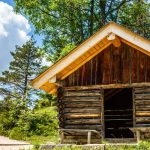

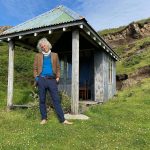

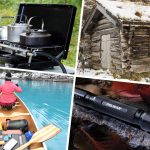
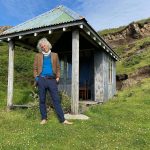


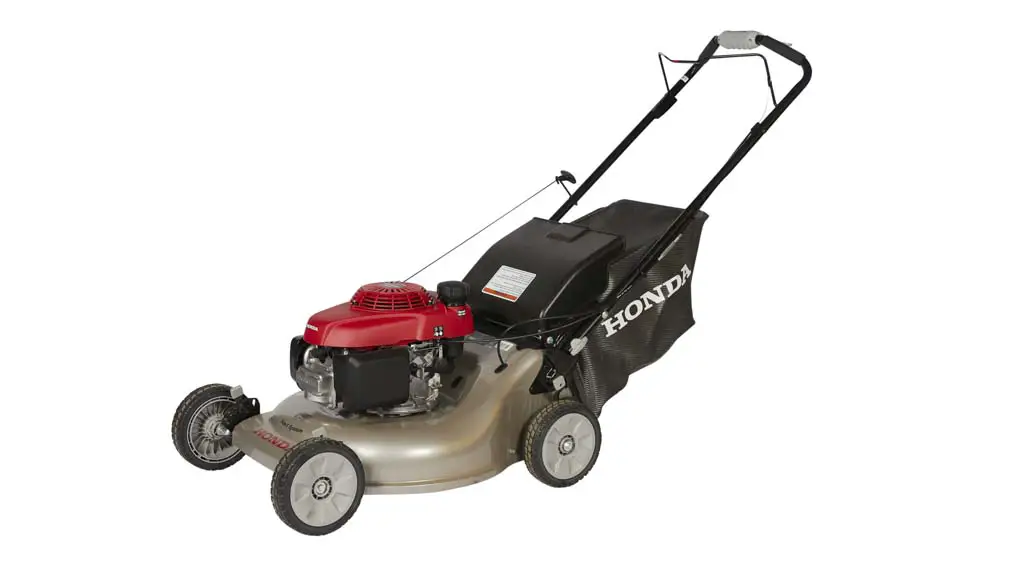


Leave a Reply